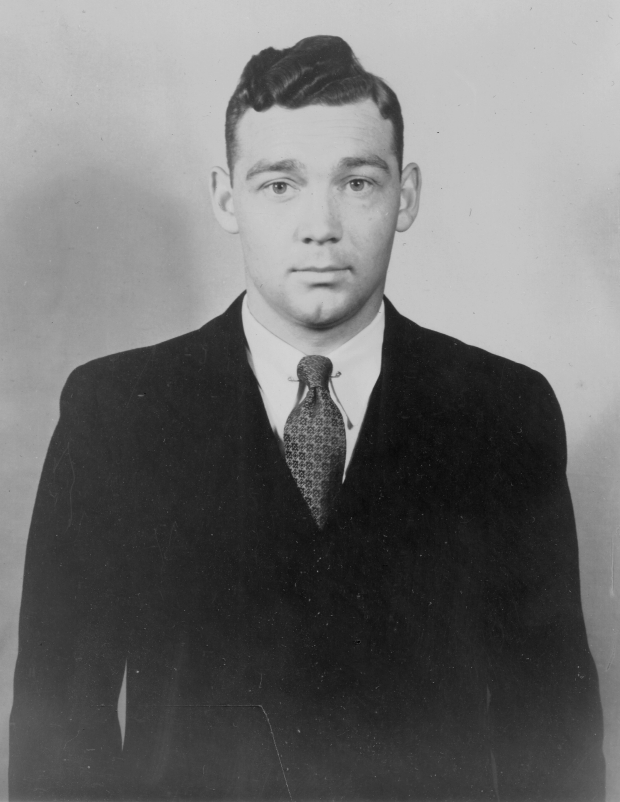
How do you profile the mind of one of the most evil men who ever roamed the Earth?
The Office of Strategic Services (now CIA) tasked psychoanalyst Walter C. Langer and psychologist Henry Murray to come up with an extensive analysis of Hitler’s mind in 1943. The reports used many sources to profile Hitler, including a number of informants, such as Hitler’s nephew, William Patrick Hitler, and Hitler’s book, Mein Kampf.
Langer’s report was titled Adolf Hitler: Psychological Analysis of Hitler’s Life & Legend. Basic Books published the work in 1972 as The Mind of Adolf Hitler: The Secret Wartime Report. Murray’s report was titled Analysis of the Personality of Adolph Hitler.
In order to keep this blog readable, I will put the links of both reports at the end rather than putting the whole text in the blog. It would become an article of close to 300 pages. I will, however, pick a few interesting points from the reports.
Dr Walter Langer divided his report into six sections:
- Hitler As He Believes Himself To Be
- Hitler As the German People Know Him
- Hitler As His Associates Know Him
- Hitler As He Knows Himself
- Psychological Analysis and Reconstruction
- Hitler’s Probable Behavior in the Future
The report is notable for making several correct predictions about Hitler’s future:
++As the war turns against him, his emotions will intensify, and will have outbursts more frequently. His public appearances will become much rarer because he’s unable to face a critical audience.
++There might be an assassination attempt on him by the German aristocracy, the Wehrmacht officers, or Oberkommando der Wehrmacht, because of his superhuman self-confidence in his military judgment.
++There will be no surrender, capitulation, or peace negotiations. The course he will follow will almost certainly be the road to ideological immortality, resulting in the greatest vengeance on a world he despises.
++From what we know of his psychology, the most likely possibility is that he will commit suicide in the event of defeat. It’s probably true he has an inordinate fear of death, but possibly being a psychopath he would undoubtedly weigh his options and perform the deed.
Additionally to the prediction that Hitler would most likely choose suicide, if Germany was defeated Langer’s report claimed that Hitler was “probably impotent”as far as heterosexual relations were concerned and that there was a possibility that Hitler had participated in a homosexual relationship. The report stated that:
“The belief that Hitler is homosexual has probably developed
A. from the fact that he does show so many feminine characteristics, and B.from the fact that there were so many homosexuals in the Party during the early days and many continue to occupy important positions.
It is probably true that Hitler calls Foerster “Bubi,” which is a common nickname employed by homosexuals in addressing their partners. This alone, however, is not adequate proof that he has actually indulged in homosexual practices with Foerster, who is known to be a homosexual.” (Albert Maria Forster was a Nazi German politician and war criminal and a close associate to Hitler.)

Henry A. Murray’s report was divided into four parts:
- Part A. Brief Analysis of Hitler’s Personality
- Part B. Predictions of Hitler’s Behavior
- Part C. Suggestions for the Treatment of Hitler
- Part D. Suggestions for the Treatment of the German People
There is some overlap between the two wartime reports.
More recently, handwriting analyst Sheila Lowe analyzed the handwriting of Adolf Hitler, she concluded:
- He had a cruel and angry nature.
- He had the hallmarks of an inharmonious personality with an authoritarian attitude and a lack of tolerance.
- There was a sign of depression and lack of optimism and little or no sense of humor to relieve the irritability.
- There were indications of shyness and inhibition but by contrast, there were also signs of his pride in his achievements.
- There were also suggestions of an explosive temper.
- He was also very impulsive and was rigidly confirmed in his personal beliefs and indifferent to differing opinions.

All of these findings are quite obvious to us now, but it is interesting to see that especially Dr. Langer had already figured out Hitler in 1943.

Donation
I am passionate about my site and I know you all like reading my blogs. I have been doing this at no cost and will continue to do so. All I ask is for a voluntary donation of $2, however if you are not in a position to do so I can fully understand, maybe next time then. Thank you. To donate click on the credit/debit card icon of the card you will use. If you want to donate more then $2 just add a higher number in the box left from the PayPal link. Many thanks.
$2.00
Due to a constant blocking of Social Media outlets it is getting increasingly difficult for me to post my blogs. So please subscribe to my website is free
Or follow me on MeWe https://mewe.com/i/dirkdeklein1
Sources
CIA
Profile of a Criminal Mind
https://archive.org/details/APsychologicalAnalysisofAdolfHitler





 Douglas Kelley wrote that one of the things that surprised him most about former Deputy Fuhrer Rudolf Hess was his absolute naivete.
Douglas Kelley wrote that one of the things that surprised him most about former Deputy Fuhrer Rudolf Hess was his absolute naivete.



You must be logged in to post a comment.